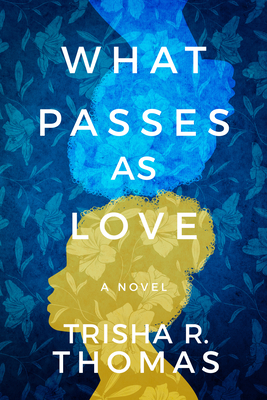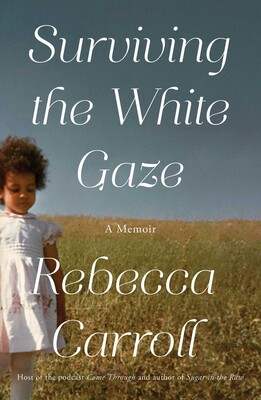Author Q&A: Jessica Maria Tuccelli
The Washington Independent Review of Books
2012-05-29
In the autumn of 1941, Amelia J. McGee, a young woman of Cherokee and Scotch-Irish descent, and an outspoken pamphleteer for the NAACP, hastily sends her daughter, Ella, alone on a bus home to Georgia in the middle of the night — a desperate measure that proves calamitous when the child encounters two drifters and is left for dead on the side of the road. … Ella awakens in the homestead of Willie Mae Cotton, a root doctor and former slave, and her partner, Mary-Mary Freeborn, tucked deep in the Takatoka Forest. As Ella heals, the secrets of her lineage are revealed.
Jessica Maria Tuccelli spent three summers trekking through northeastern Georgia, soaking up its ghost stories and folklore. A graduate of MIT with a degree in anthropology, she lives in New York City with her husband and daughter. Glow is her first novel.
What sets this book apart is the way it is framed. You begin with the displacement of one of the main character’s daughter, and then you go backwards in time. What made you tell the story this way?
The story spilled out naturally, beginning in 1941 and working its way back to 1836 and then out again. As I wrote it, I had an image in mind of a Russian nesting doll, each figurine nestled inside the next one, and I thought of the structure of Glow in this manner. I was drawn to the idea of discovery, each step inward revealing a new secret within the story or insight into a character…
…My great grandmother was white on one census, years later, mulatto, and white again a few years later. Why did you include the census instructions?
I have great interest in the personal versus public assignation of race and identity and its implications. Glow is told from the perspective of characters whose birth parents are of different backgrounds — African, African-American, Cherokee, and Scotch-Irish. “Mixed race” in our parlance. How the characters define themselves, however, is not necessarily how their society describes them. This causes internal and external conflict, something I experienced myself as a child.
I included the census instructions of 1850, 1920, and 1940 to call attention to the arbitrary nature of racial designations — race is a cultural concept, not a scientific or biological one — and to question the federal government’s utilization of “white” as an endowment of personhood and privilege, as reflected by the blood proportion guidelines in the census instructions and the process of electoral votes and congressional apportionment.
To quote the U.S. Census Bureau’s website, “Prior to 1870, the population base included the total free population of the states, three-fifths of the number of slaves, and excluded American Indians not taxed. The 14th Amendment, ratified in 1868, removed the fractional count of the number of slaves from the procedure.”
So often, the characters don’t speak of their own race, their neighbors do. Maybe the census should have asked each neighbor to describe the other. Do you think the results would have been similar?
I imagine the results would be as varied as there are individuals. We have to ask ourselves what is our motive in inquiring about race, why is it so important that we identify our bloodlines or origins, will we as a nation ever be free of our obsession with race and should we be? My goal is not to create colorblindness, but rather to understand how Americans use the linguistics of race as a way of delineating, separating, or uniting one human or group from another. In 2008, when we elected Barack Obama as our president, George W. Bush hailed Obama’s journey as a triumph in the American story, a sentiment that resonated for me not only for the historical milestone it represented, but the opportunity it created to talk about race and identity in our country…
Read the entire interview here.

